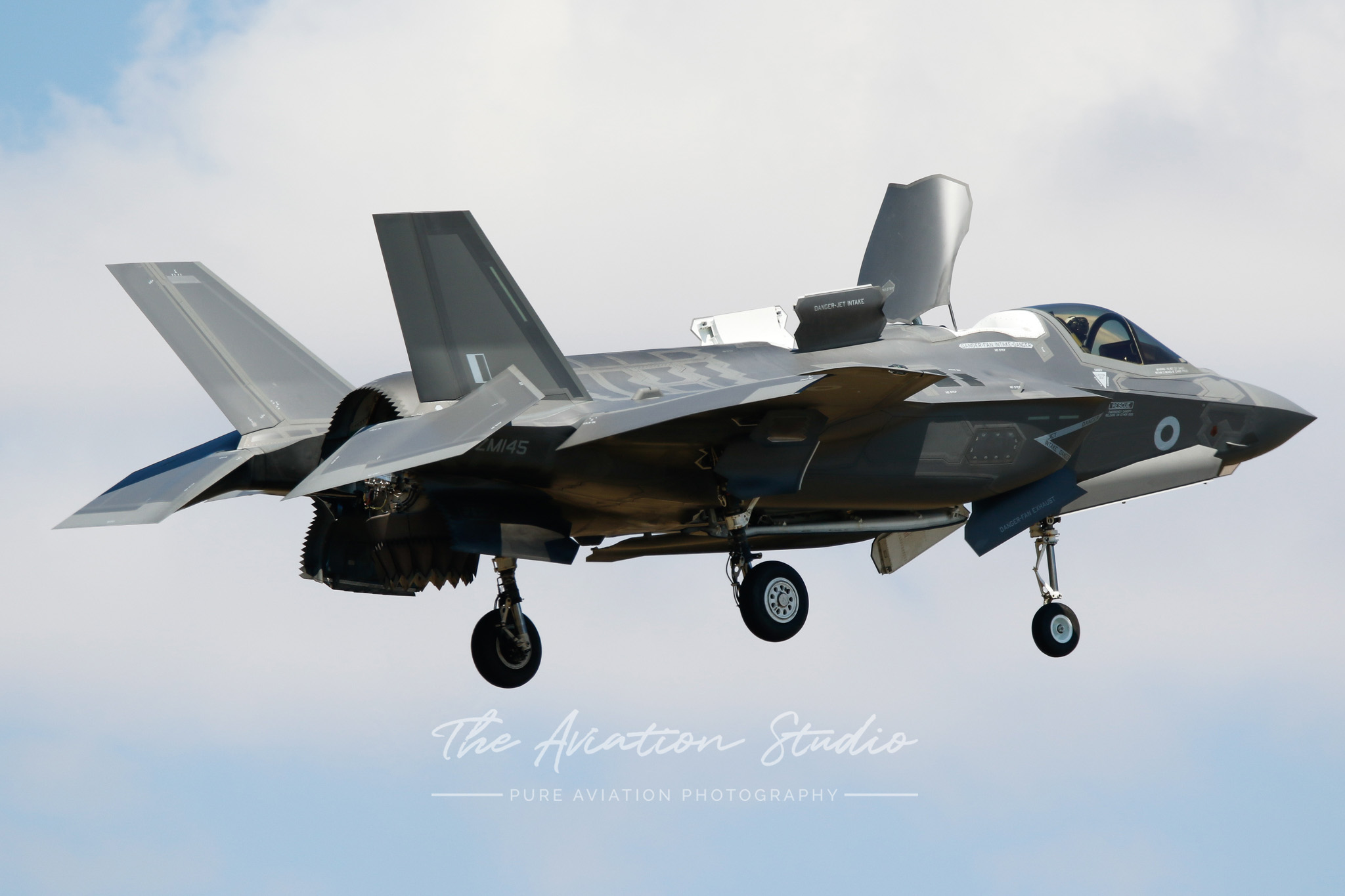The Royal Air Force (RAF) are in the midst of the largest fleet shake up in the last 30 years.
In the ‘Defence in a Competitive Age’ command paper released by the UK Ministry of Defence (MOD) earlier in the year, several aircraft were set for retirement, in some cases more than a decade earlier than planned in the last paper released in 2019.
The paper largely targets the RAF, however the Royal Navy and Army will see changes as well, predominantly in their rotary wing operations. The paper highlights challenges such as the changing global climate, the armed forces emerging post COVID-19 and how to take on new global threats such as those emerging from the east. The Ministry of Defence (MOD) has committed more than £6.6bn for research, development and exploration over the next four years. It also seeks to outline how streamlining the aircraft fleets reduce maintenance costs and allow wiser use of resources, enabling redeployment of members of the forces more strategically.
The Casualties
Tranche 1 Typhoons operated largely by No. IX squadron, RAF Lossiemouth will be withdrawn by 2025 after previously being expected to see service until 2030. These currently perform aggressor duties and Quick Reaction Alert (QRA) sorties. As more F-35B’s come online it is expected that newer Typhoons will move into this role. There are currently four F-35 squadrons planned, shared between the RAF and the Royal Navy.
It is clear that the UK plan to pour a significant amount of funds into the Tempest fighter jet project; a home grown 6th generation aircraft, as well as expanding its UAV operations with 9 MQ-9A Reapers to be replaced by up to 20 Protector RG1 UAVs.
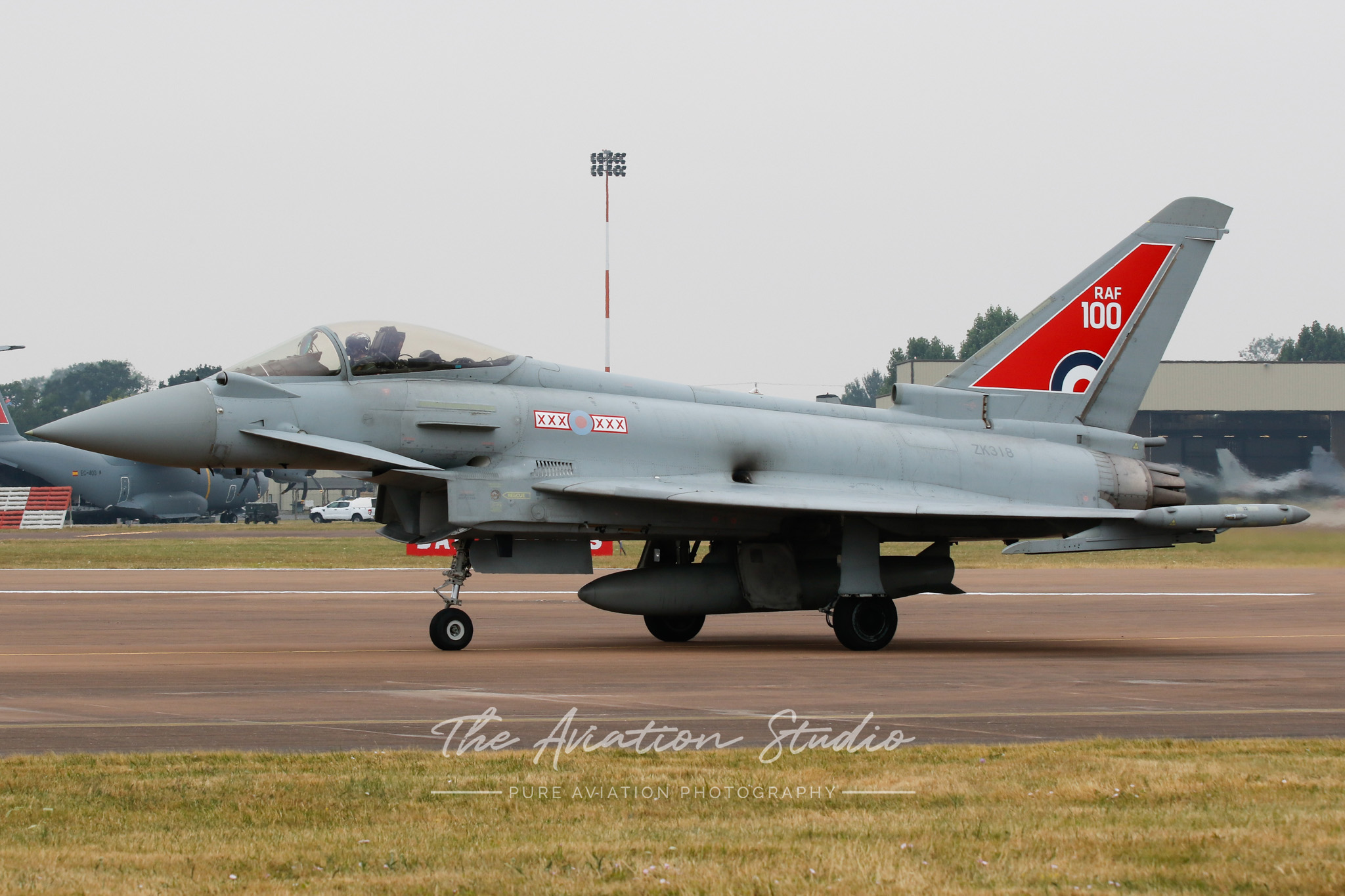
The 76-strong fleet of Hawk T.1 training aircraft will also be retired, leaving just 28 Hawk T.2 aircraft in service. Of note is the RAF display team – the Red Arrows – who use the Hawk T.1, and there is a cloud over their future, though insiders say that a number of aircraft will be retained for the Red Arrows until 2030, when it is assumed a newer aircraft will ascend to the famous role.
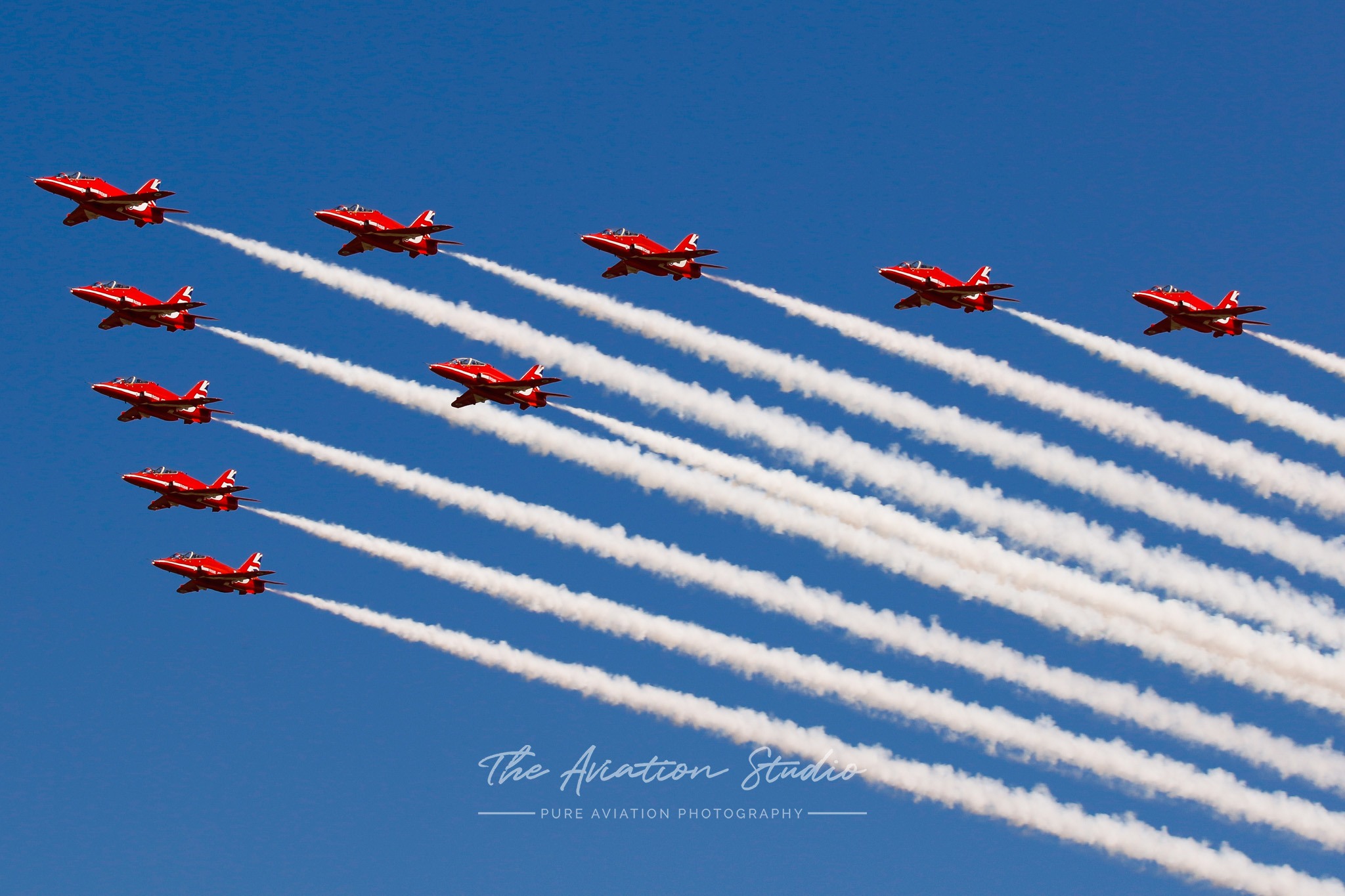
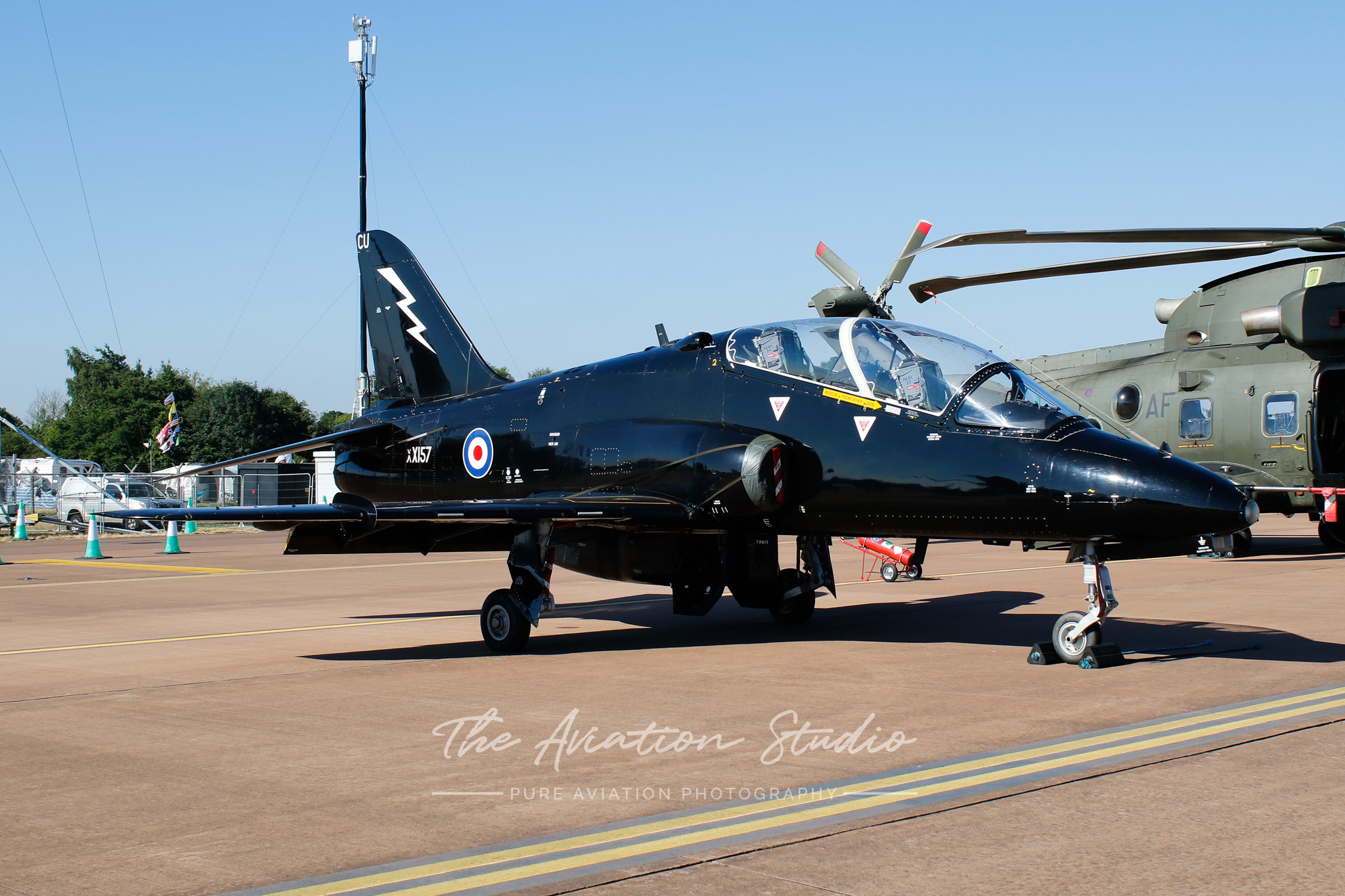
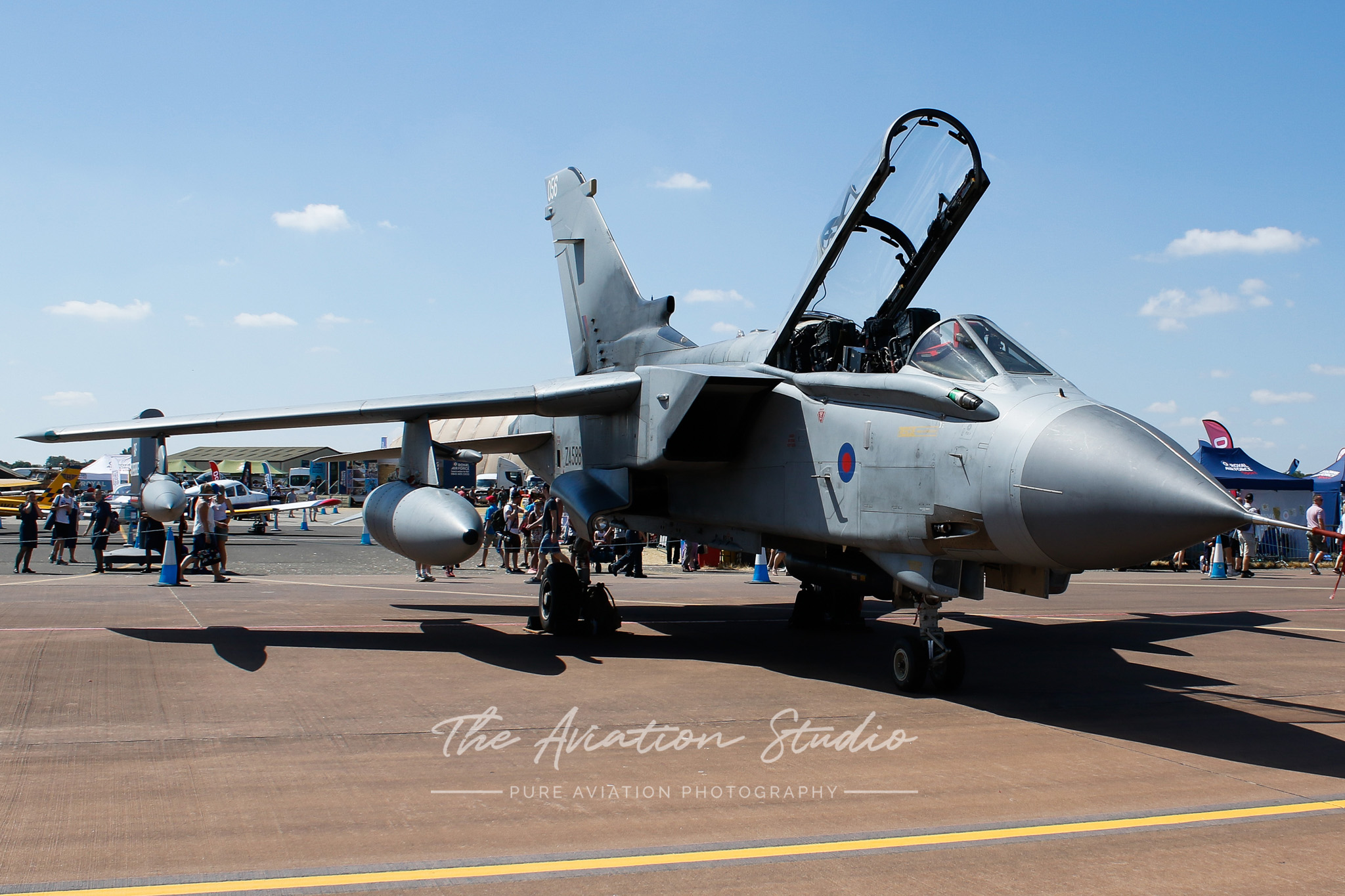
Tactical airlift consolidation
The 14-strong Lockheed Martin C-130J Hercules fleet operated by No. 47 Squadron will also be retired by 2023, 10 years sooner than planned, with the MOD saying the C-17A Globemaster, Voyager KC Mk.2 and A400M Atlas C.1 will fill the void left by the Hercules retirement by increasing utilisation amongst the fleets, in particular the A400M. The SAS have reportedly raised some concerns over their retirement as they have previously found the C-17 and A400M to be unsuitable for their specialised operations.
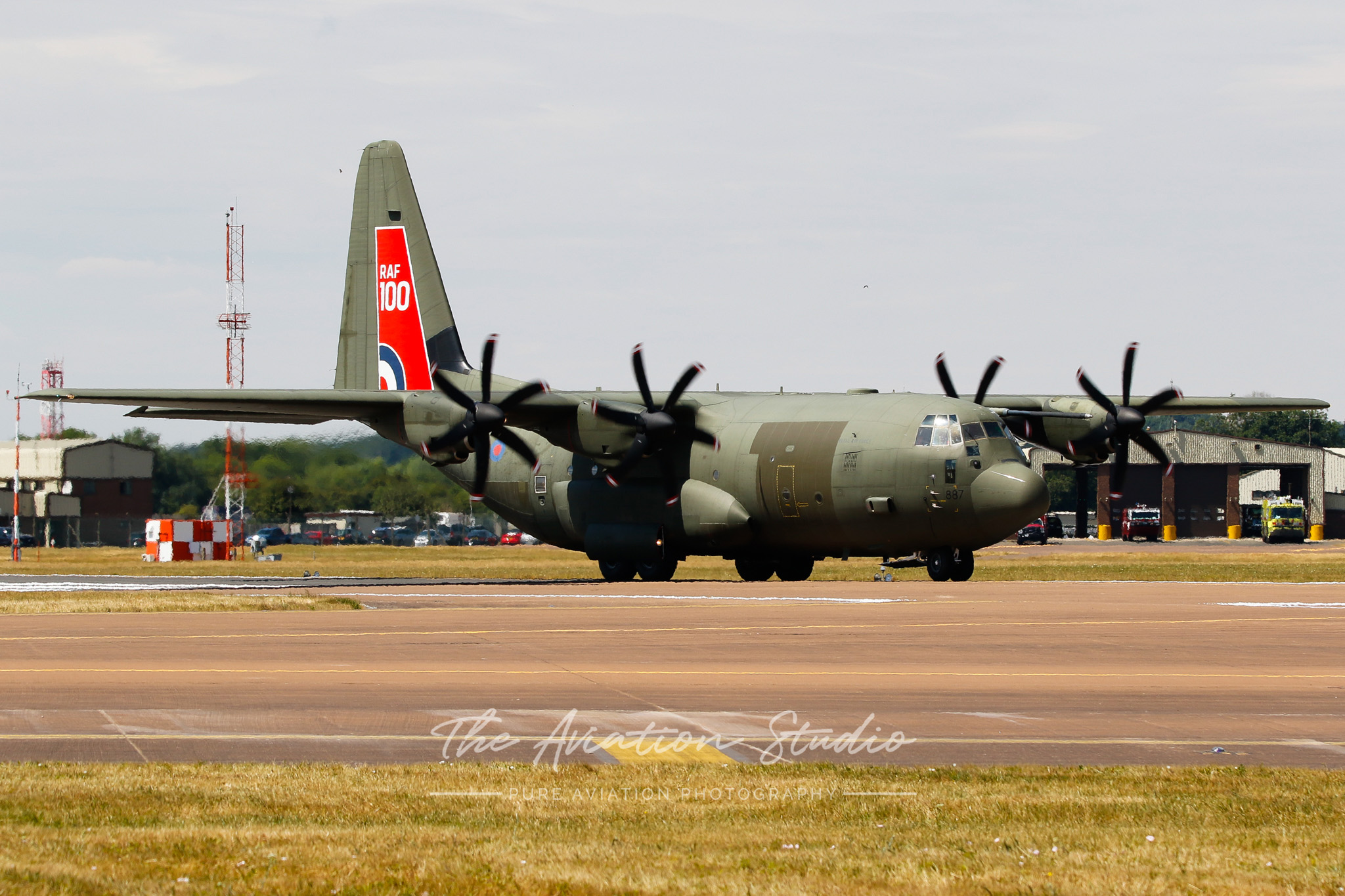
Aerial & Early Warning Control (A&EWC) modernisation
In 2020 the Sentinel R.1 A&EWC aircraft were retired after 14 years in service, and it was recently announced the E-3D Sentry will be retired from service in 2022. This comes nearly 12 months before their replacement, the E-7A Wedgetail, enters service. To meet the needs of the RAF, NATO have agreed to provide their E-3 aircraft as coverage. The UK Government reduced their order for 5 E-7A’s to 3 in 2020, citing budget constraints. The RAF have also invested in the P-8 Poseidon platform, bringing back the offshore maritime patrol capabilities that were lost after the Nimrod aircraft were retired in 2011. There are currently 5 in service, with 4 more on order.
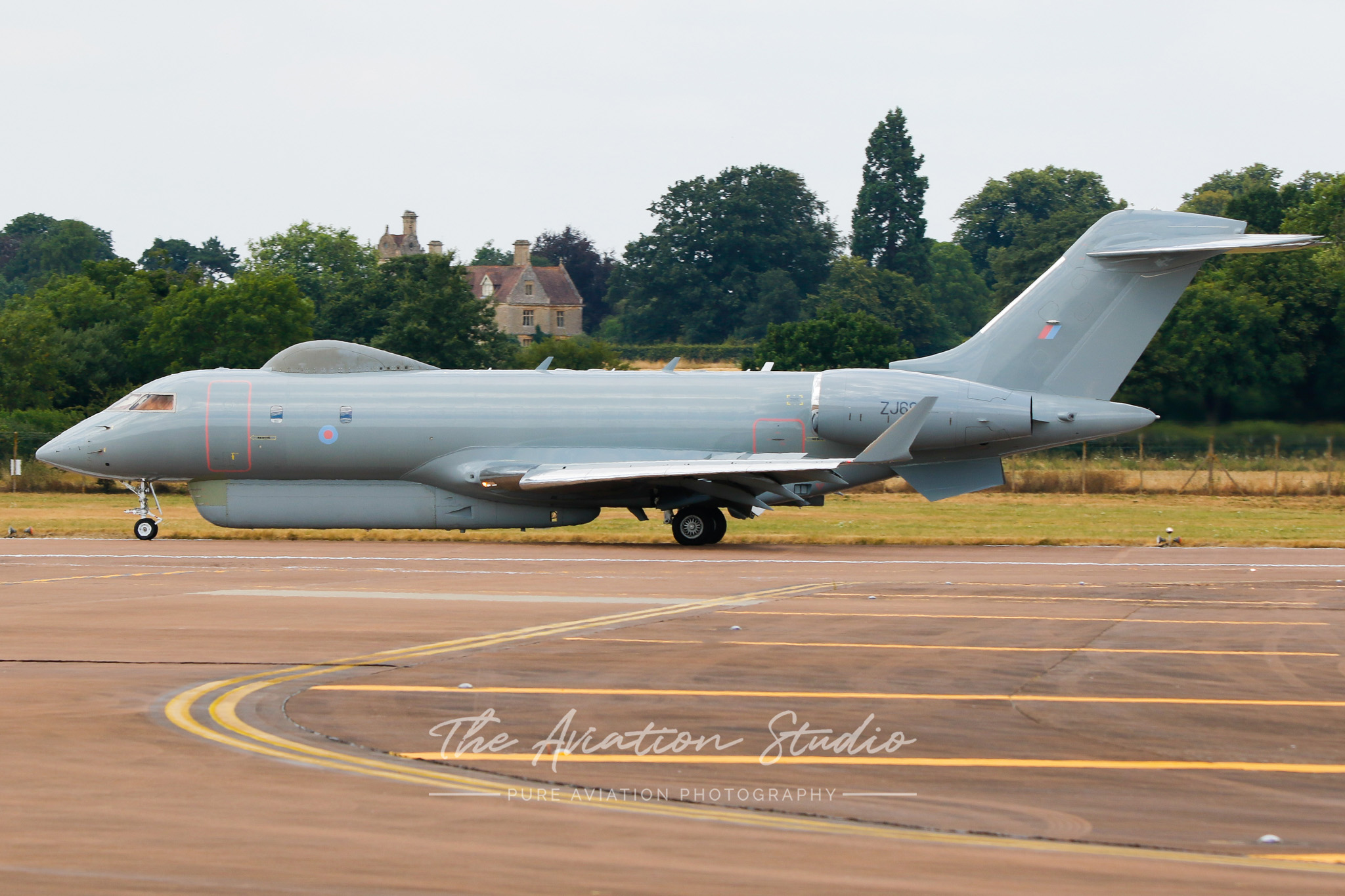
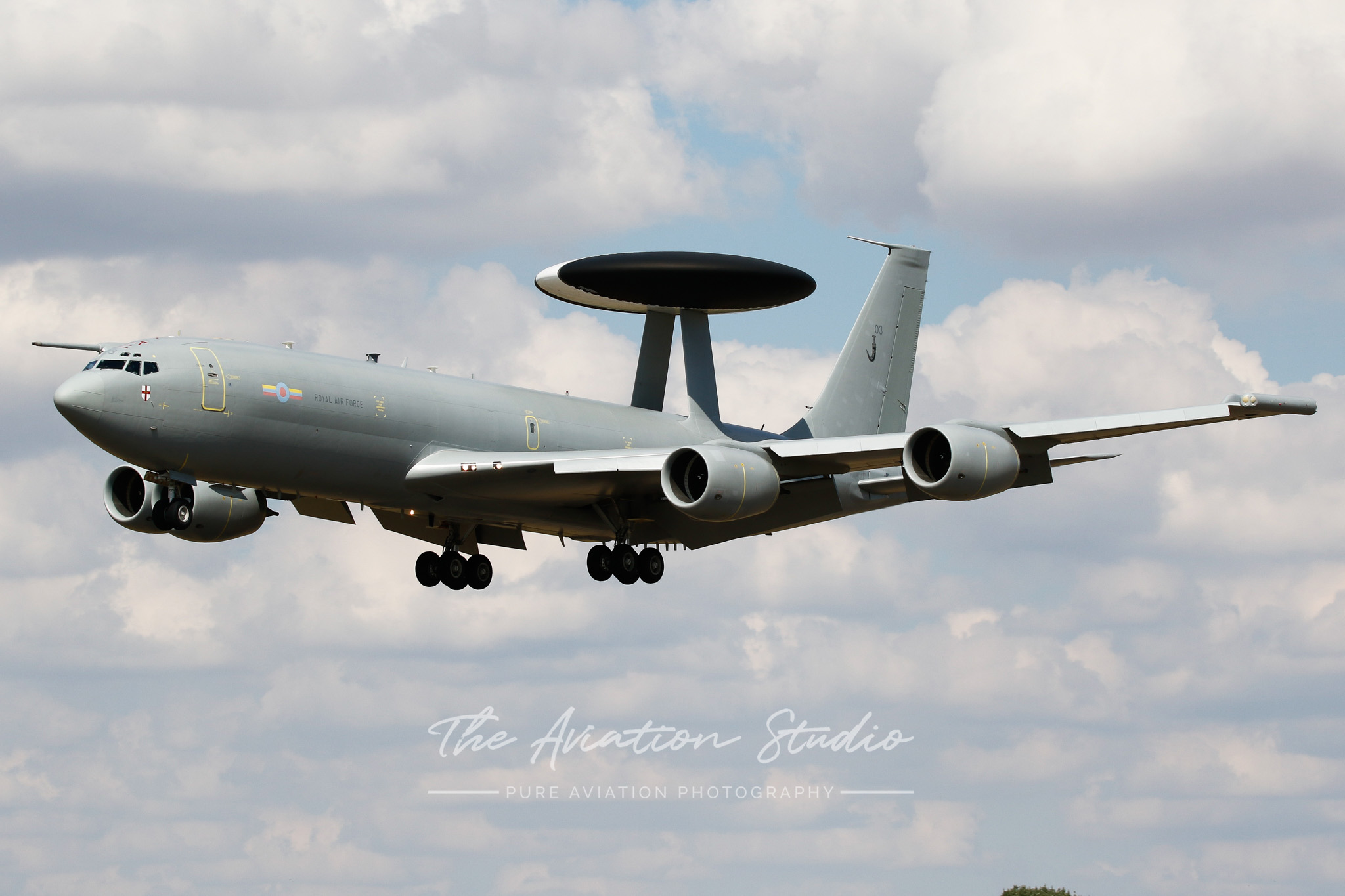
Also set to go is the BAE 146 CC2 and C3 transport aircraft, including the two VIP-configured aircraft. These are primarily used by the royal family and other high level dignitaries. They are operated by No. 32 (The Royals) Squadron. An unspecified aircraft type is due to replace them in the paper, with rumours the recently spotted A321neo in the Union Jack livery to be the aircraft chosen.
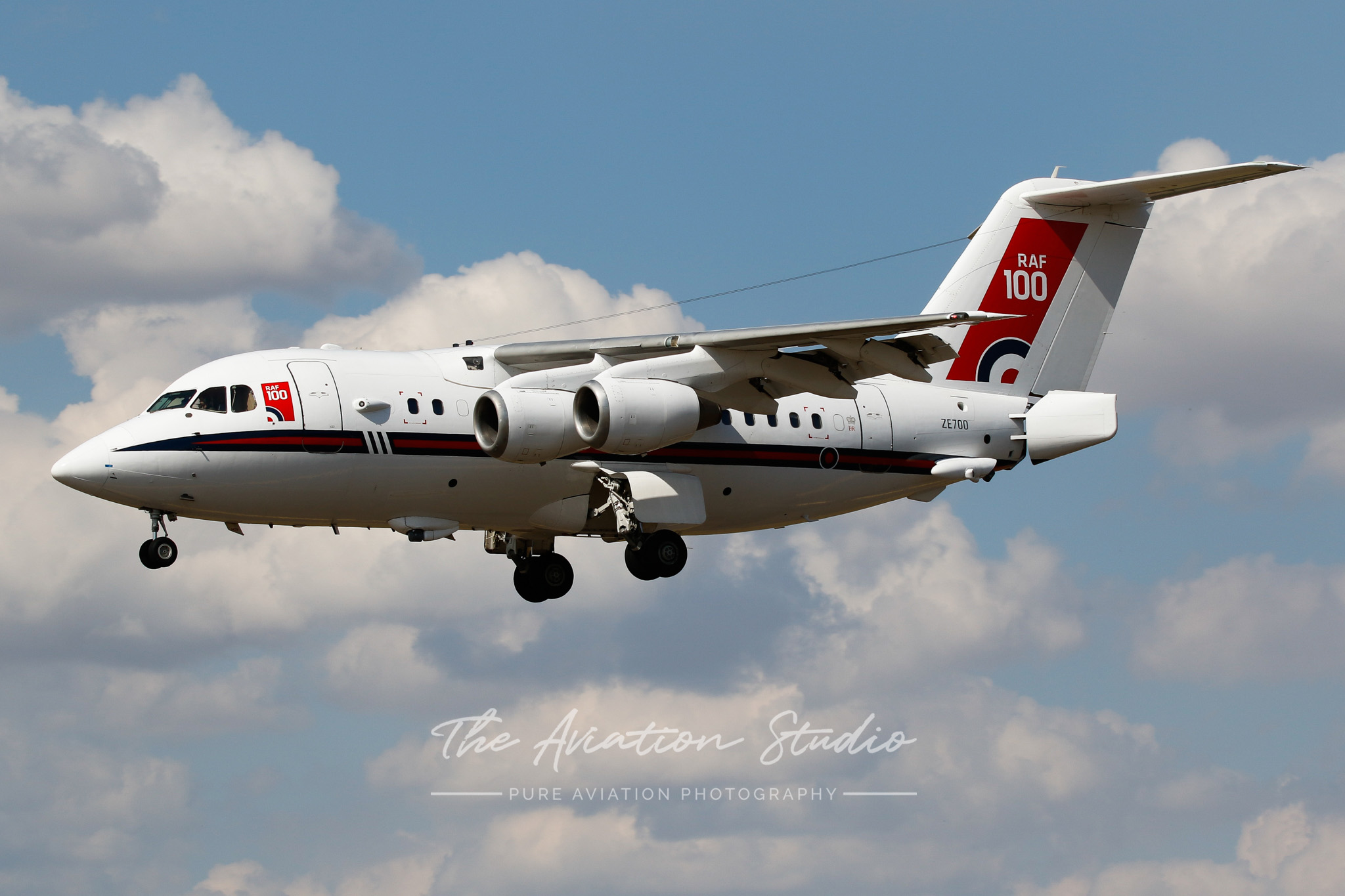
Some positives from the paper appear to hint that the 48 F-35B order may once again be increased. The UK originally ordered 100 before reducing the order to 48 due to budget concerns. The order over the past few years has been subject to many adjustments, with the government toying with the F-35C models, however cost increases and delays saw the order revert to the B model.
Rotary-wing fleet
The helicopter fleets will also be modernised with older Chinooks being replaced by new air frames, currently known as H-47(ER) models, as they invest heavily in the air frame alongside the USA. Currently the back bone of the medium-lift fleet, the Airbus Helicopters Puma HC.2, will also be put to pasture with a new medium-lift helicopter to be purchased in the mid 2020s, consolidating four platforms into one. Other helicopters that will have their needs evaluated are the Griffin HAR2 and the Royal Navy’s Westland Gazelle which have been in service since 1974 in various forms. By 2025 the AH-64 Apache fleet will undergo a modernisation program to extend their in-service life and bring them up to current build standards.
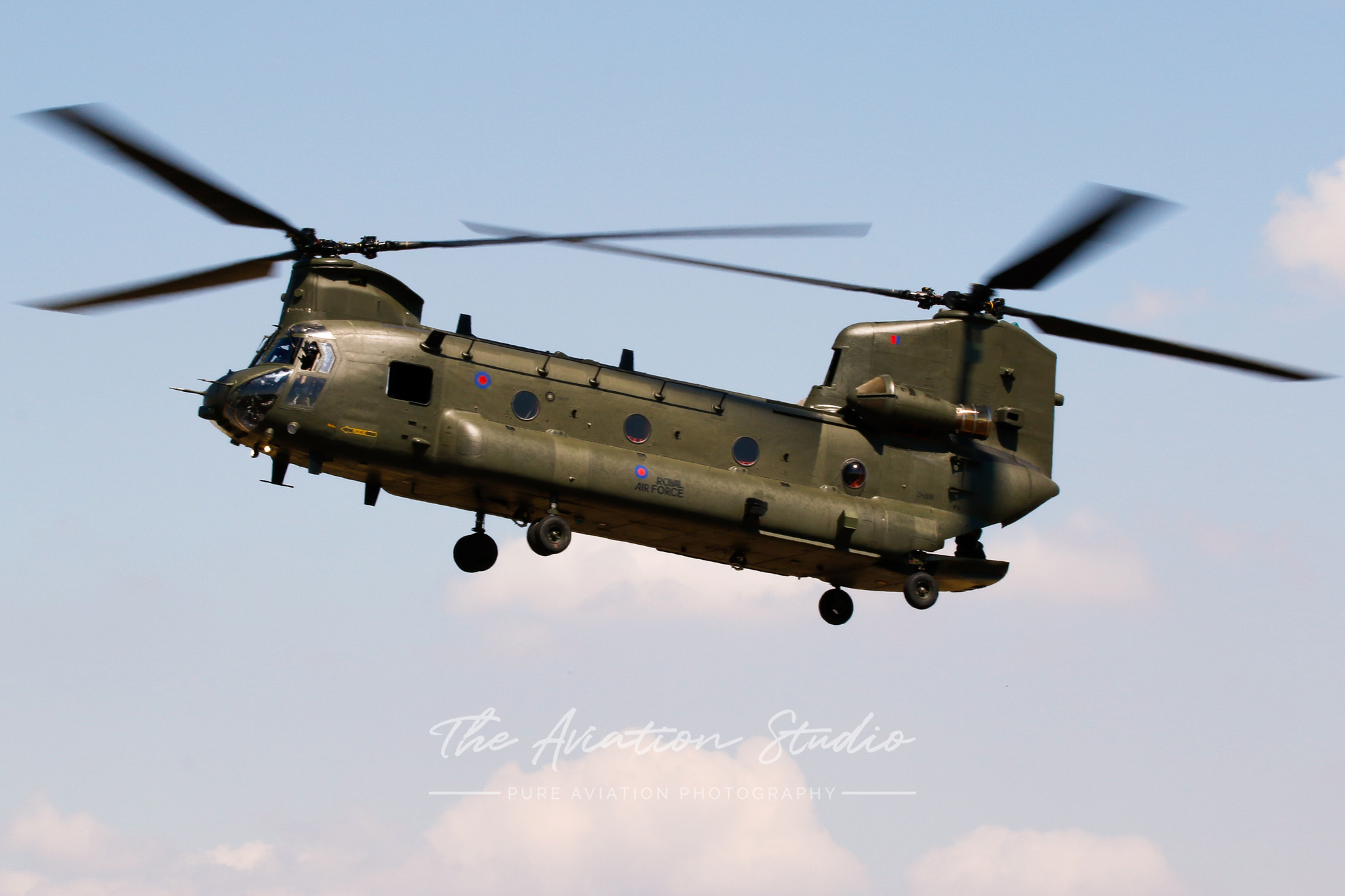
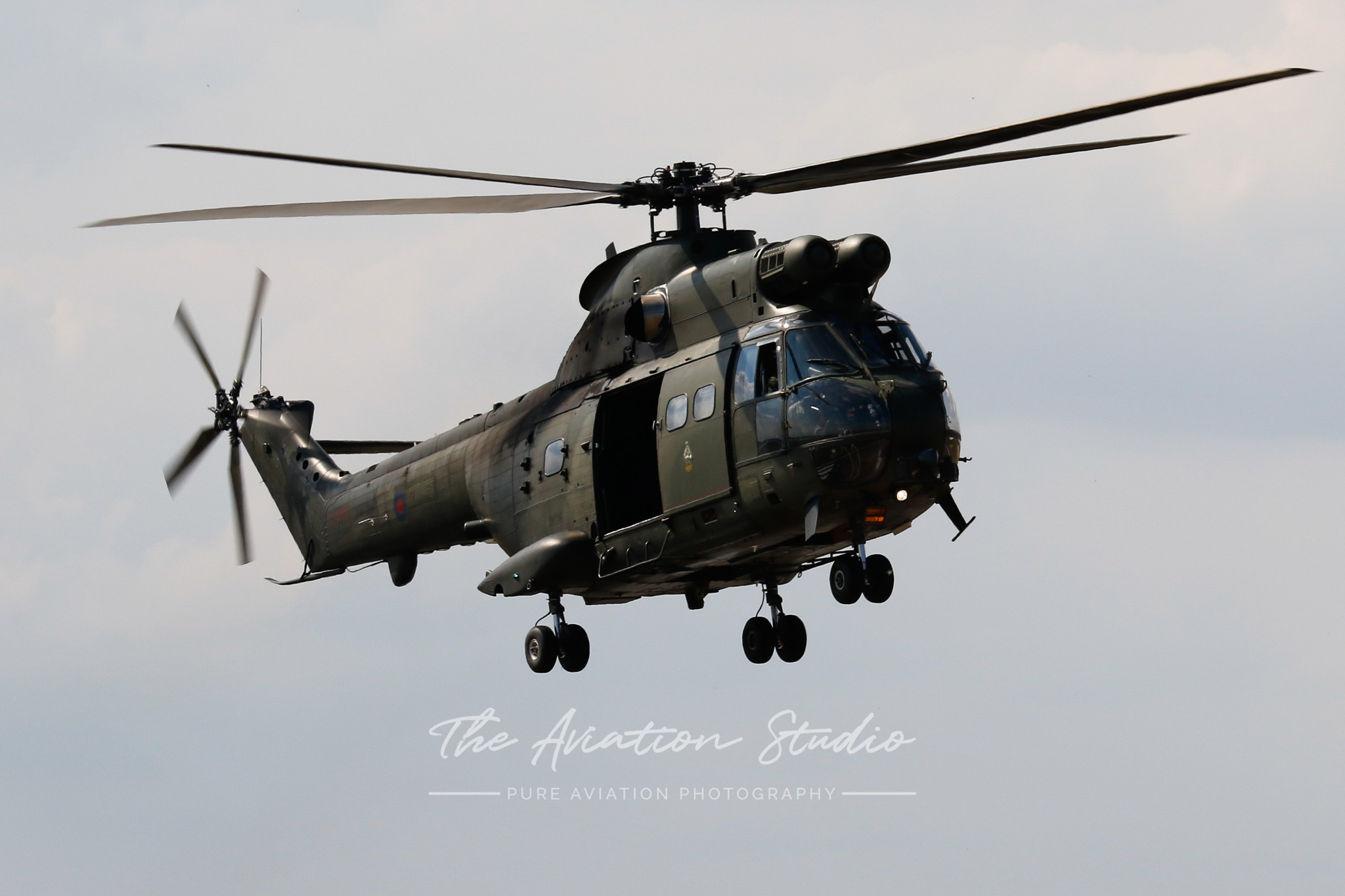
Sharing F-35s
In the coming years the RAF plan to further increase its combat air capacity by establishing 7 Typhoon squadrons. There are also plans to expand the F-35B fleet beyond the 48 already ordered; to further enable sharing air frames between the RAF and Royal Navy. Beyond 2030 the RAF and Royal Navy plan to further integrate; sharing multiple platforms as needed to fit the needs of each respective service.
